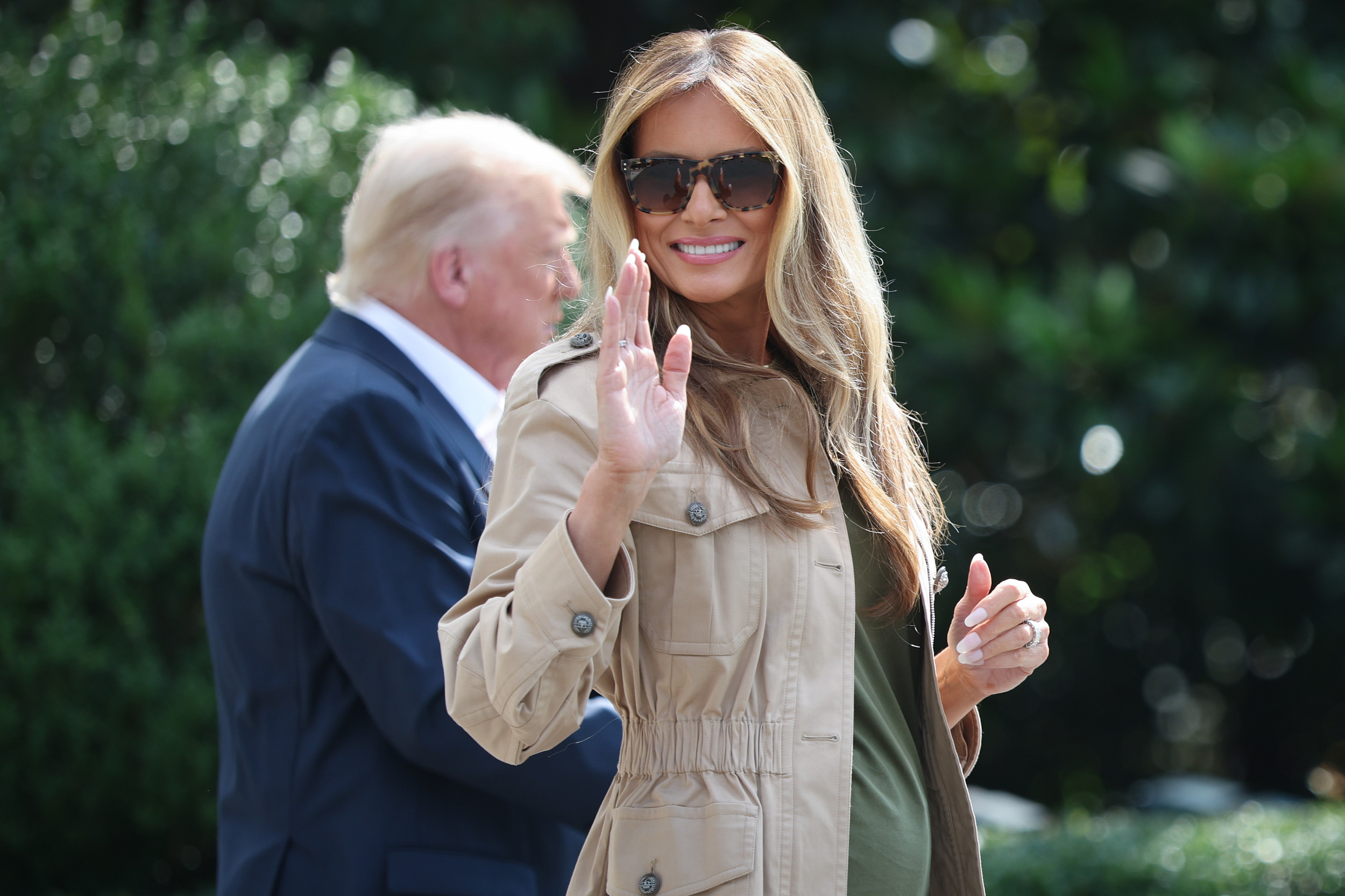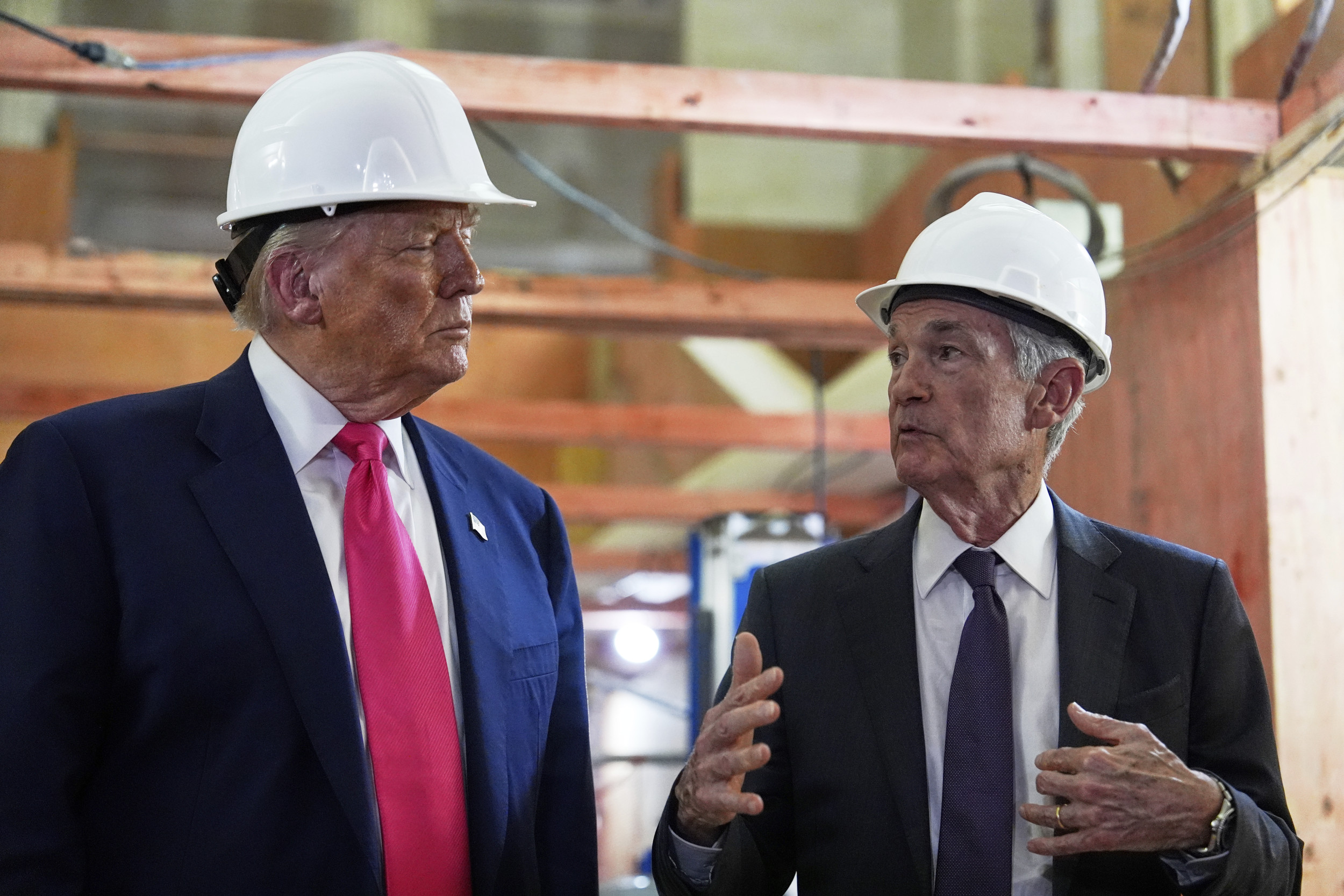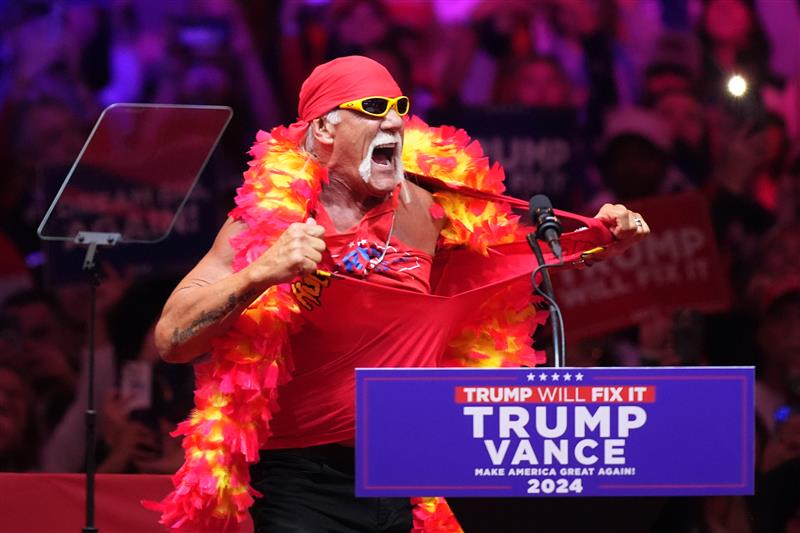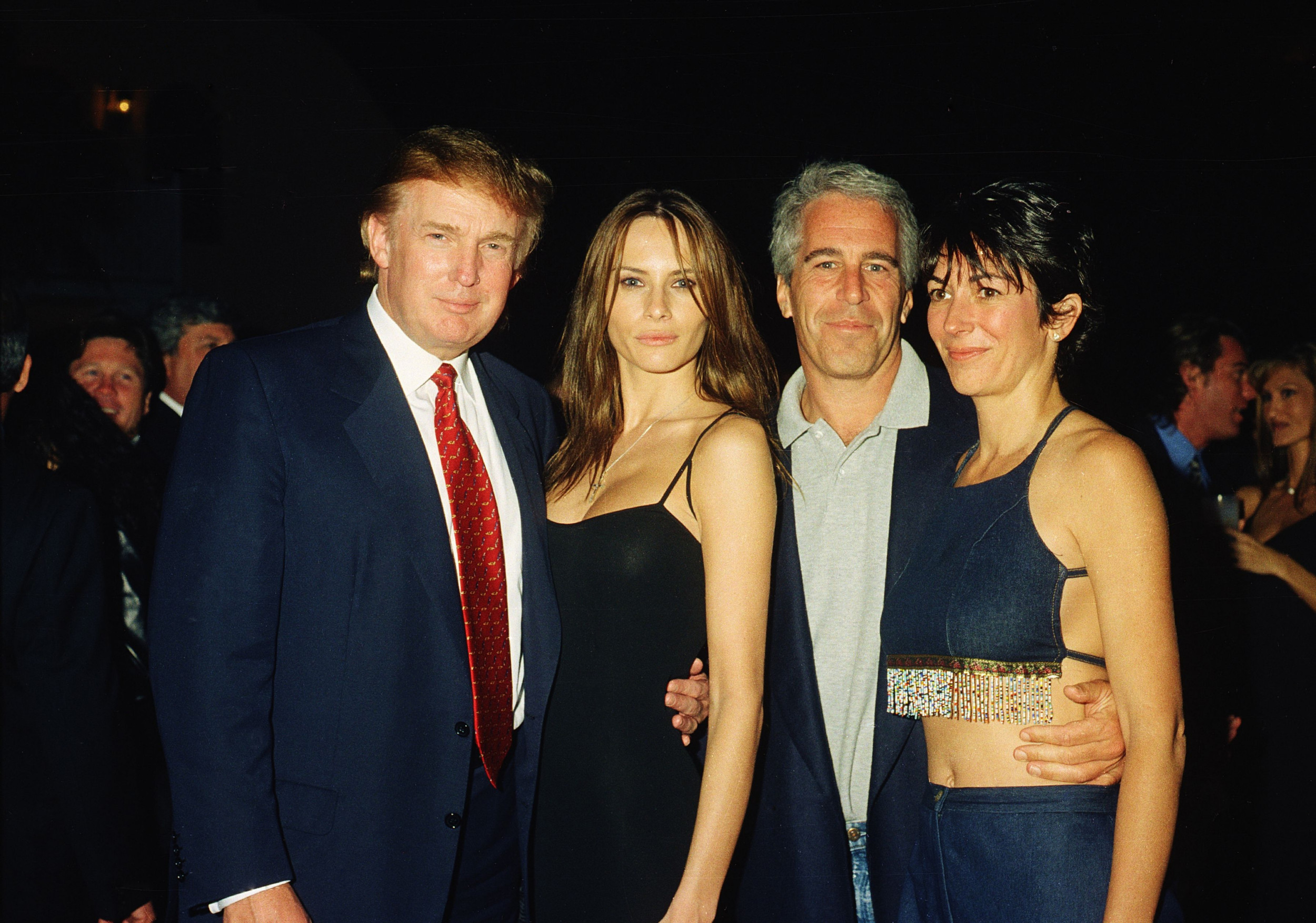🎙️ Voice is AI-generated. Inconsistencies may occur.
Russia could be ready to attack a NATO country within two years if the United States brokers a ceasefire deal in the next few months, according to a new assessment from a leading think tank.
Moscow could pose "a significant military challenge to NATO allies, particularly the Baltic states, as early as 2027," the London-based International Institute for Strategic Studies (IISS) said in a report released on Wednesday evening ET (Thursday U.K. time.)
The think tank said Russia's ability to challenge the alliance would hinge on the Trump administration soon succeeding in its goal to bring the more than three years of bitter war in Ukraine to an end, and for the U.S. to start a withdrawal from NATO.
It comes as Ukrainian President Volodymyr Zelensky said he would be in Istanbul on Thursday, ready for direct ceasefire talks with his Russian counterpart, Vladimir Putin, while U.S. President Donald Trump ramps up the pressure for a swift end to hostilities.
Newsweek reached out to NATO for comment.
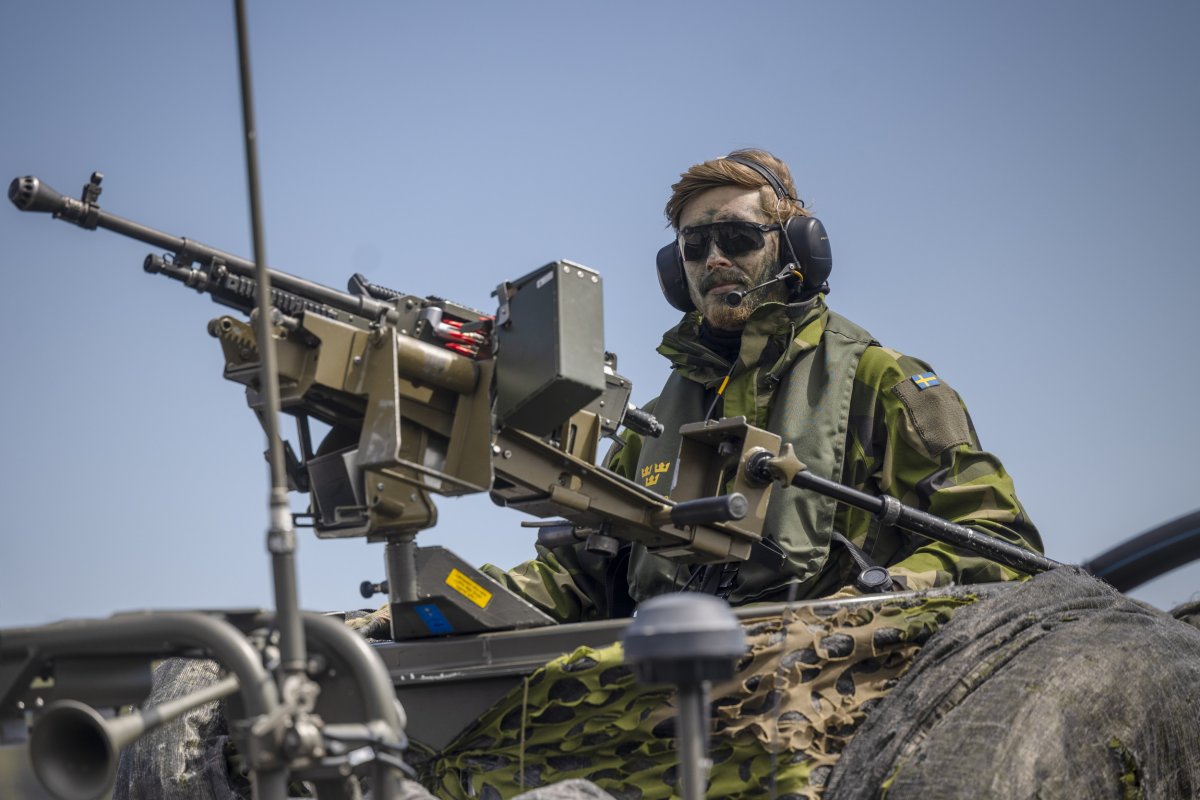
Why It Matters
The IISS's stark assessment chimes with warnings by NATO leaders about the threat Russia poses to the alliance even when the war in Ukraine is over.
French President Emmanuel Macron said in March that Russia's rearmament showed Moscow's intentions beyond Ukraine—echoing a warning by EU foreign policy chief Kaja Kallas, who, while still Estonia's prime minister in 2024, said that "it's a question of when they will start the next war."
It means that hanging over Ukraine war talks is the prospect of what Putin might do next, and with it, the future security threats posed to Europe and the U.S.
What To Know
Trump, whose initial pledge to end the war in Ukraine in just 24 hours has clashed with reality, is said to be becoming increasingly irritated with the pace of progress toward a ceasefire, criticizing Russia's reluctance as he pursues a rapprochement with the Kremlin.
The U.S. has threatened to walk away from negotiations if progress is not made quickly. Ukraine agreed to a 30-day full ceasefire during talks with the U.S. in March, a move not reciprocated by Russia.
In a surprise move, Putin called for a restart of paused Istanbul negotiations from 2022. Zelensky then said he would be in Turkey on Thursday for direct talks with his Russian counterpart.
The Kremlin has not confirmed whether Putin will participate. Kyiv said Trump should respond harshly if Putin refuses.
But as the diplomacy ramps up, leaders worry about whether Putin has his eye beyond Ukraine. Estonia's defense minister, Hanno Pevkur, told Newsweek in November that even if the fighting stops and Russian soldiers now in eastern Ukraine are no longer needed there, "hundreds of thousands of troops" will be available for Putin to move closer to the Baltic States.

Russia on Track to Replenish Losses
Russia's land forces have suffered huge losses in Ukraine, including roughly 3,000 tanks and 9,000 armored vehicles in the last year alone, General Christopher Cavoli, the commander of the U.S. European Command, told U.S. lawmakers last month. But ominously, he warned that Moscow is on track to "replace them all."
In late 2022, then-Russian Defense Minister Sergei Shoigu said the Kremlin would overhaul Russia's military structure while increasing service personnel.
Parts of the long-term plan included splitting Russia's Western Military District into two districts, Moscow and Leningrad, and growing the military. Putin said last September that it would increase to 1.5 million active service personnel.
Judgments vary on just how quickly the Kremlin could recover from the war in Ukraine enough to launch fresh military attacks elsewhere. Citing a warning by Estonia's foreign intelligence service in February 2024, the IISS noted how NATO could face a "Soviet-style mass army in the next decade" if Russia successfully reforms its military.
The service said this army would be "technologically inferior" to NATO forces in areas other than electronic warfare and long-range strikes, but its "military potential would be significant."
The IISS also noted that Admiral Sir Tony Radakin, the British chief of defense staff, said last year that it would take the Kremlin five years to restore Russia's army to its prewar strength and another five to rectify the weaknesses that the war has revealed.
Danish defense intelligence assessed earlier this year that it would take Russia roughly five years to be prepared for "a large-scale war on the European continent, where the United States does not get involved."
Moscow would likely be "more willing to use military force in a regional war against one or more European NATO countries if it perceives NATO as militarily weakened or politically divided," Denmark's defense intelligence service said.
The IISS had a similar assessment. In addition to being a significant military threat to NATO allies, Russia's ground forces could be reconstituted to their pre-2022 levels within two years thanks to further refurbishment work and the production of new systems.
What People Are Saying
International Institute for Strategic Studies (IISS): "Russia could pose a significant military challenge to NATO allies, particularly the Baltic states, as early as 2027."
What Happens Next
The Trump administration has thrown NATO unity into jeopardy, forcing the alliance's members to question their confidence that Washington would come to the rescue if they were attacked.
Before he was reelected, Trump suggested he would encourage Russia to attack NATO members he deemed fell short of guidelines for defense spending across the alliance.
Along with the diplomacy over the Ukraine war is the growing concern over Russia's future aggression. NATO members will have to consider this as they continue to increase military spending, given the IISS predictions of Russia's ability to reconstitute its forces.
Update 5/15/25, 7:48 a.m. ET: This article was updated with additional information.
About the writer
Ellie Cook is a Newsweek security and defense reporter based in London, U.K. Her work focuses largely on the Russia-Ukraine ... Read more
